Peter Parker at The New Statesman:
 “My experiences in the First World War have haunted me all my life,” Edmund Blunden confessed the year before he died, “and for many days I have, it seemed, lived in that world rather than this.” Siegfried Sassoon felt much the same, and despite producing many volumes of verse on other topics both men would continue to be fêted as war poets.
“My experiences in the First World War have haunted me all my life,” Edmund Blunden confessed the year before he died, “and for many days I have, it seemed, lived in that world rather than this.” Siegfried Sassoon felt much the same, and despite producing many volumes of verse on other topics both men would continue to be fêted as war poets.
In contrast, the war was a major part of the All That to which their erstwhile friend and fellow soldier Robert Graves attempted to say Good-bye in his celebrated 1929 memoir, and he would thereafter excise his war poetry from selected and collected editions of his poems. As a result, this poetry is less well known than that of his peers. Charles Mundye’s excellent Robert Graves: War Poems (2016) showed just how many of them there were, and this first volume of Jean Moorcroft Wilson’s new biography convincingly makes the case for Graves as a major war poet, however much he attempted to escape that role.
more here.

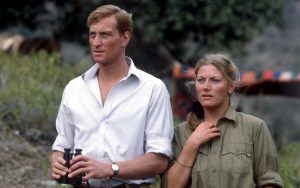 Paul Scott, author of The Jewel in the Crown (1966), said of India: “It was mysteriously in our blood and perhaps still is.” Despite the comparatively small number of British who actually went there – in 1901, at the height of the Raj, there were only about 155,000 in the subcontinent – there was an extraordinary bond. Some families didn’t come home for centuries, but stayed in India “generation after generation, as dolphins follow in line across the open sea,” as Kipling put it. David Gilmour, author of Curzon (1994) and The Ruling Caste (2005), has tackled this rich history in The British in India, from the granting of the East India Company’s charter in 1600 to the mid-1960s, when the hippy invasion began. Although the chronology is never in doubt, his treatment is grouped by topic – intimacies, formalities, voyages, working life, and so on. The result is somewhat like a tapestry.
Paul Scott, author of The Jewel in the Crown (1966), said of India: “It was mysteriously in our blood and perhaps still is.” Despite the comparatively small number of British who actually went there – in 1901, at the height of the Raj, there were only about 155,000 in the subcontinent – there was an extraordinary bond. Some families didn’t come home for centuries, but stayed in India “generation after generation, as dolphins follow in line across the open sea,” as Kipling put it. David Gilmour, author of Curzon (1994) and The Ruling Caste (2005), has tackled this rich history in The British in India, from the granting of the East India Company’s charter in 1600 to the mid-1960s, when the hippy invasion began. Although the chronology is never in doubt, his treatment is grouped by topic – intimacies, formalities, voyages, working life, and so on. The result is somewhat like a tapestry. In a study carried out over the summer, a group of volunteers drank a white, peppermint-ish concoction laced with billions of bacteria. The microbes had been engineered to break down a naturally occurring toxin in the blood. The vast majority of us can do this without any help. But for those who cannot, these microbes may someday become a living medicine. The trial marks an important milestone in a promising scientific field known as synthetic biology. Two decades ago, researchers started to tinker with living things the way engineers tinker with electronics. They took advantage of the fact that genes typically don’t work in isolation. Instead, many genes work together, activating and deactivating one another. Synthetic biologists manipulated these communications, creating cells that respond to new signals or respond in new ways.
In a study carried out over the summer, a group of volunteers drank a white, peppermint-ish concoction laced with billions of bacteria. The microbes had been engineered to break down a naturally occurring toxin in the blood. The vast majority of us can do this without any help. But for those who cannot, these microbes may someday become a living medicine. The trial marks an important milestone in a promising scientific field known as synthetic biology. Two decades ago, researchers started to tinker with living things the way engineers tinker with electronics. They took advantage of the fact that genes typically don’t work in isolation. Instead, many genes work together, activating and deactivating one another. Synthetic biologists manipulated these communications, creating cells that respond to new signals or respond in new ways.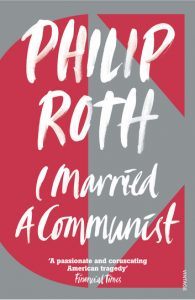 The link to Charles McGrath’s ‘No Longer Writing, Philip Roth Still Has Plenty to Say’ which appeared in the New York Times in January, only a few months prior to Roth’s death in May this year, was forwarded to me by a friend who thought I might find the article interesting. How indebted I am to my friend that he thought of me in those terms, for the sending of that article rekindled my acquaintance with Roth; life’s events and circumstances had left my reading of his work to the margins.
The link to Charles McGrath’s ‘No Longer Writing, Philip Roth Still Has Plenty to Say’ which appeared in the New York Times in January, only a few months prior to Roth’s death in May this year, was forwarded to me by a friend who thought I might find the article interesting. How indebted I am to my friend that he thought of me in those terms, for the sending of that article rekindled my acquaintance with Roth; life’s events and circumstances had left my reading of his work to the margins.

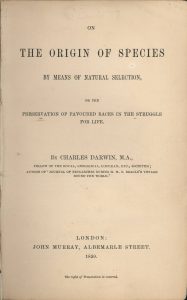 The past years have seen many debates about the limits of science. These debates are often phrased in the terminology of scientism, or in the form of a question about the status of the humanities. Scientism is a
The past years have seen many debates about the limits of science. These debates are often phrased in the terminology of scientism, or in the form of a question about the status of the humanities. Scientism is a 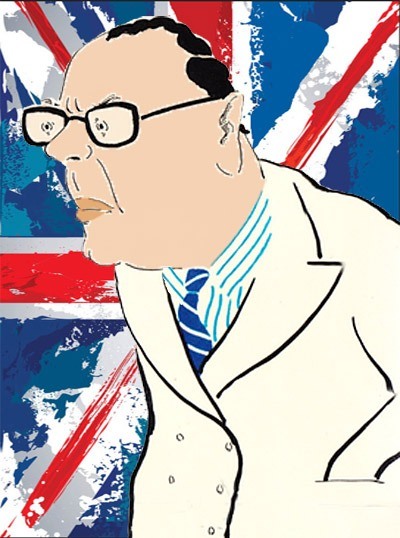 The career of Kenneth Widmerpool defined an era of British social and cultural life spanning most of the 20th century. He is fictional – a character in
The career of Kenneth Widmerpool defined an era of British social and cultural life spanning most of the 20th century. He is fictional – a character in 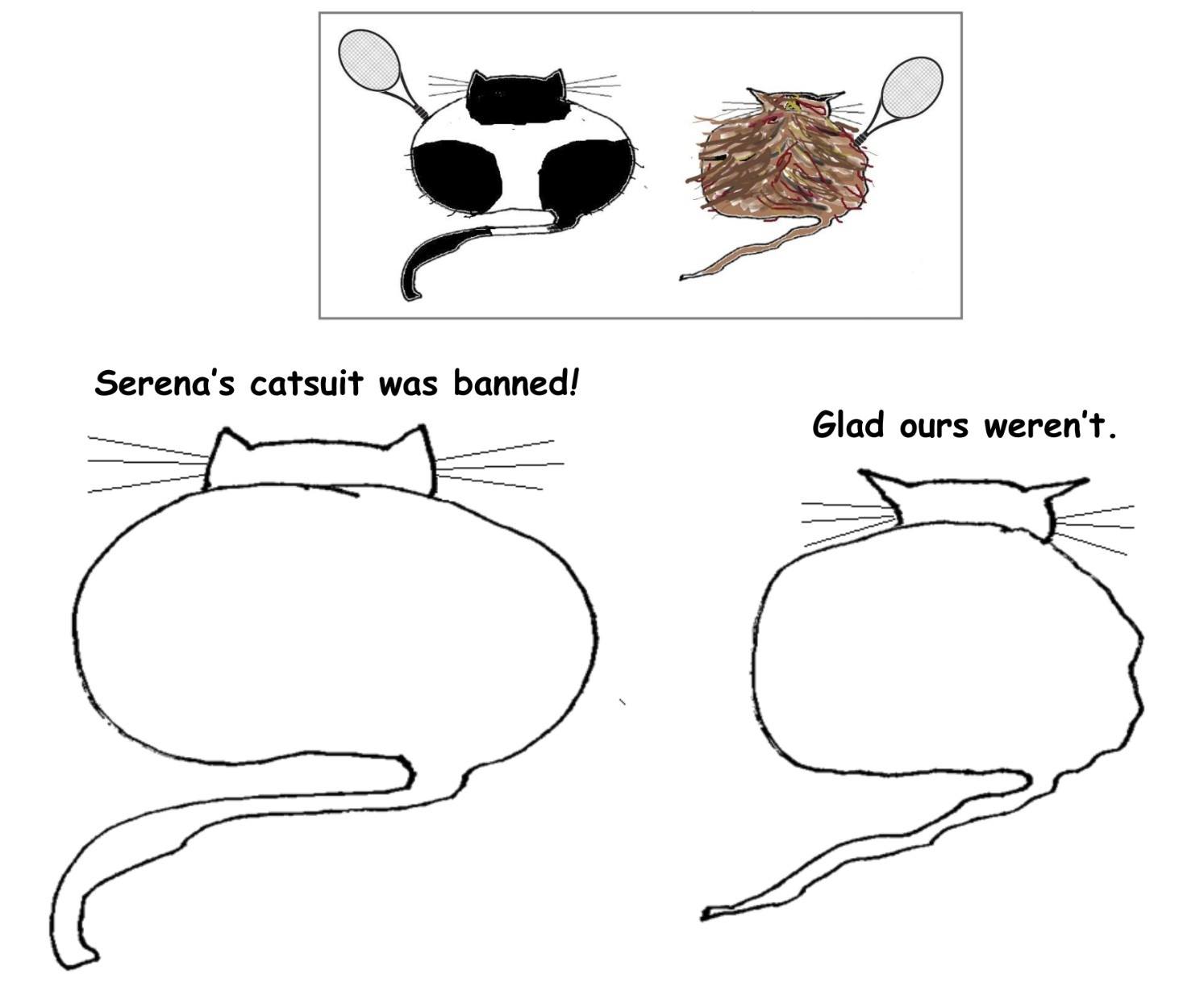
 It’s a Saturday in May. I’m 17, and I’ve spent the morning washing and waxing my first car, a 1974 Gremlin. I’m so delighted that I drive around the block, windows down, Chuck Mangione playing on the radio. Feels so good, indeed. I’ve successfully negotiated a crucial passage on the road to adulthood, and I’m pleased with myself and my little car. Times change, though, and sometimes even people change. Forty years later, with, I hope, many miles ahead of me, I sold what I expect to be my last car.
It’s a Saturday in May. I’m 17, and I’ve spent the morning washing and waxing my first car, a 1974 Gremlin. I’m so delighted that I drive around the block, windows down, Chuck Mangione playing on the radio. Feels so good, indeed. I’ve successfully negotiated a crucial passage on the road to adulthood, and I’m pleased with myself and my little car. Times change, though, and sometimes even people change. Forty years later, with, I hope, many miles ahead of me, I sold what I expect to be my last car. I like playing Scrabble, and part of the reason is creating new words. That and the smack talk. I played a game with the swain of the day decades ago, and he challenged my word, which was not in and of itself surprising. As you may recall, if you lose a challenge, you lose a turn. With stakes so stupendously high, you mount a vigorous defense. I ended up losing the battle (and probably won the war) and thought no more of it. The ex-boyfriend brought it up a few years ago; I think he has put that on-the-spot coinage next to a picture of me in his mind. It is a shame that the word he will forever associate with me is “beardful.”
I like playing Scrabble, and part of the reason is creating new words. That and the smack talk. I played a game with the swain of the day decades ago, and he challenged my word, which was not in and of itself surprising. As you may recall, if you lose a challenge, you lose a turn. With stakes so stupendously high, you mount a vigorous defense. I ended up losing the battle (and probably won the war) and thought no more of it. The ex-boyfriend brought it up a few years ago; I think he has put that on-the-spot coinage next to a picture of me in his mind. It is a shame that the word he will forever associate with me is “beardful.”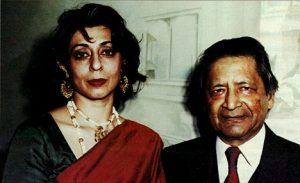


 In the Municipal building on Livingston Street, two floors are reserved for Housing cases. In each court, dozens of people work and wait, a Bosch tableau with an international cast. HPD lawyers work the perimeter. They bring Respondents to the bench, confer with them in the hallway and negotiate with Petitioners on their behalf. HPD attorneys also lunch with landlord’s counsel. There is little ethical or proximate difference between Officers of the Court, save who signs their checks and the pay scales. To a person, they distribute a crushing weight, balancing malfeasance and negligence, plunder and systemic rot. The lasting effect of a day in Housing court isn’t the stipulation Management makes for repairs, nor the tenant’s payment (sometimes, less an abatement), it is feeling that force haul you down and watching others already borne off by it.
In the Municipal building on Livingston Street, two floors are reserved for Housing cases. In each court, dozens of people work and wait, a Bosch tableau with an international cast. HPD lawyers work the perimeter. They bring Respondents to the bench, confer with them in the hallway and negotiate with Petitioners on their behalf. HPD attorneys also lunch with landlord’s counsel. There is little ethical or proximate difference between Officers of the Court, save who signs their checks and the pay scales. To a person, they distribute a crushing weight, balancing malfeasance and negligence, plunder and systemic rot. The lasting effect of a day in Housing court isn’t the stipulation Management makes for repairs, nor the tenant’s payment (sometimes, less an abatement), it is feeling that force haul you down and watching others already borne off by it. Despite Dennett’s training in philosophy (at Oxford, no less, under Ryle), his appointment in a well-regarded philosophy department, and his continued self-identification as a philosopher (“Philosophers, like me” (407)), I suspect that many professional philosophers find Dennett’s From Bacteria to Bach and Back, if they read it all with any care, barely philosophy. Dennett offers few structured arguments (with carefully numbered premises), no clear dilemmas/trillemas (etc.) nor the apparent paradoxes that are the staple of our profession nor does he deploy the conceptual distinctions
Despite Dennett’s training in philosophy (at Oxford, no less, under Ryle), his appointment in a well-regarded philosophy department, and his continued self-identification as a philosopher (“Philosophers, like me” (407)), I suspect that many professional philosophers find Dennett’s From Bacteria to Bach and Back, if they read it all with any care, barely philosophy. Dennett offers few structured arguments (with carefully numbered premises), no clear dilemmas/trillemas (etc.) nor the apparent paradoxes that are the staple of our profession nor does he deploy the conceptual distinctions  Placards are being prepared. Photo-opportunities are being organised. A list of demands is being
Placards are being prepared. Photo-opportunities are being organised. A list of demands is being  Samuel Moyn reviews A Foreign Policy for the Left by Michael Walzer in Modern Age:
Samuel Moyn reviews A Foreign Policy for the Left by Michael Walzer in Modern Age: